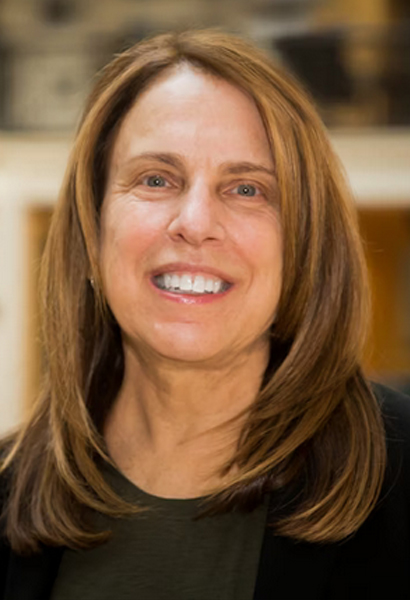

Specialty: Biological Engineering
Major Contributions:
Founding member of the Department of Systems Biology at Harvard Medical School
First Director of the Harvard University Graduate Program in Systems Biology Developed an artificial extracellular matrix
Image Courtesy of Wyss Institute
Dr. Pamela Silver is one of the founders of the emerging field of synthetic biology – an interdisciplinary combination of biology and engineering. But before she was part of creating new scientific fields, she was making her mark in other disciplines. With a BA in chemistry and doctorate in biological chemistry she completed her postdoctoral work at Harvard University where she discovered the first nuclear localization sequences of the yeast GAL4 protein. Accepting a position as an assistant professor at Princeton University, she continued her research and discovered the first eukaryotic DnaJ chaperones.
Returning to Harvard Medical School as a Professor of Biological Chemistry and Molecular Pharmacology, she also spent eleven years as a Professor of Cancer Biology at the Dana Farber Cancer Institute. With a colleague she discovered molecules that block nuclear export which contributed to the development of anticancer therapies. This formed the basis for the clinical-stage pharmaceutical company Karypharm Therapeutics. Her team also pioneered some of the first uses of green fluorescent paint to track molecules within cells.
Dr. Silver is the first Director of the Harvard University Graduate Program in Systems Biology and one of the founding members of the Department of Systems Biology at Harvard which is home of the Silver Lab. Students and postdoctoral researchers from many different backgrounds work together using both computational and experimental approaches at the interface between systems and synthetic biology. As part of her work in synthetic biology she was part of a team that formulated the first definitive report of synthetic biology for the US government, helping to set the international agenda for the field.
Some of her more recent innovations are bacteria that can sense and respond to gut inflammation and the Bionic Leaf, which merges sunlight capture to bioproduction with more efficiency than plants. As part of a project for the US Department of Energy she led efforts to develop new ways to make microbial biofuels using bacterium to convert carbon dioxide into gasoline. An avid marathoner and sailor, she is a strong advocate for women in science and has been on the Board of Directors of the BioBricks Foundation and a board member of iGEM.org.
Written by Angela Goad
Sources:
Department of Systems Biology: Pamela Silver
WYSS Institute: Pamela Silver, Ph.D.
Expanding the reach of the bionic leaf
See Also:
Pam Silver | Addressing Global Issues Through Biology
